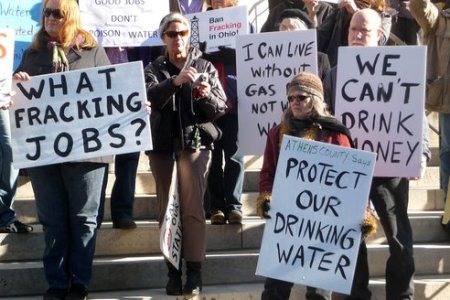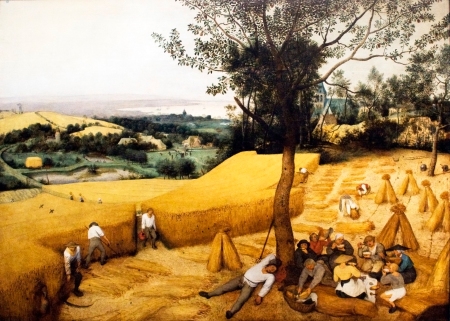This past week was all about “Tragedy of the Commons,” which is defined by Wikipedia as: “A dilemma arising from the situation in which multiple individuals, acting independently and rationally consulting their own self-interest, will ultimately deplete a shared limited resource, even when it is clear that it is not in anyone’s long-term interest for this to happen. This dilemma was described in an influential article titled “The Tragedy of the Commons”, written by ecologist Garrett Hardin and first published in the journal Science in 1968.”

The example used by Hardin was a public-use field that was improperly managed and had become overgrazed by cattle. In his view, it is human nature to get as much as we can out of a common resource, with no regard to the long-term effects or the effects on the community/world as a whole. This inevitably causes an irreversible degradation of that shared resource. Many authorities chose to interpret this theory as suggesting that the only solution would be to privatize the resource, which has proven to be effective in the case of fisheries world-wide. Hardin has since clarified that “A ‘managed commons’ describes either socialism or the privatism of free enterprise. Either one may work; either one may fail.”
Not everyone is so doom-and-gloom. In this article, Nobel Peace Prize winner Elinor Ostrom talks about how humans can (and do) self-organize and solve problems. Communication and a well-defined, common goal is key, but her research has concluded that it’s usually the people using that resource who are best able to come up with a solution, without any outside authority intervening. Her examples seem to focus mostly on the local level, but there are definitely ways cooperation can be translated to national and international problems as well! As Ostrom says, “there are no panaceas,” meaning, the same solution can’t be used every time – each issue has to be examined and worked out in a custom way. Sure, it’s extra work, but there’s nothing more beautiful than true community in action!
Naturally the community-based focus of this week got me all fired up! And despite what I said last week, I did wander back into the forums again…
Continue reading →
Spread the Green(ish) Word:












![dsc_0255[1]](https://fthats.files.wordpress.com/2012/02/dsc_02551.jpg?w=336&h=222)

![new-zealand-154-copy[1]](https://fthats.files.wordpress.com/2012/01/new-zealand-154-copy1.jpg?w=336&h=252)

![haeg_aux_img027[1]](https://fthats.files.wordpress.com/2011/09/haeg_aux_img0271.jpg?w=450)